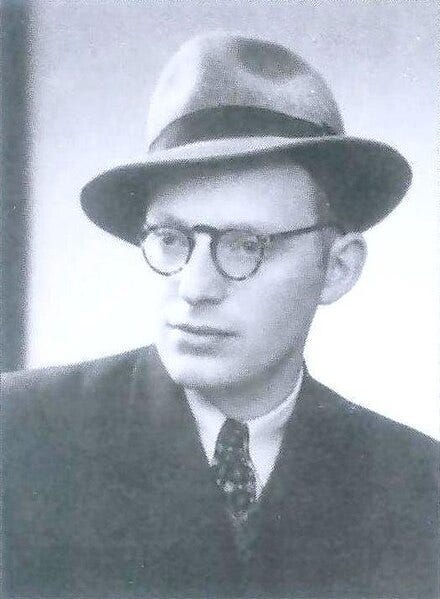
I make no secret of my ambivalence towards black hats. The thought of even having to buy a new one leaves me uncomfortable. My own current hat actually dates back to the time of my second son’s bar mitzva - and his oldest daughter is now eight years old.
But there’s no denying how important hats have become in contemporary yeshivishe life. Decades ago, some yeshivas felt justified in pushing rebellious students away altogether over the issue. More recently, the official rules of many institutions expect boys to wear their hats at all times while in public. The practice is often presented as closely associated with loyalty to the Torah itself.
Why should that be? As I’ve written elsewhere, I’ve seen four arguments explaining the practice:
Wearing yeshivishe hats is part of an important mesorah
I don’t find that at all credible. Sure, Orthodox Jews wore hats in 19th and early 20th Century Eastern Europe, but so did non-Jews. And the hats Jews did wear were nothing like what’s popular these days (see the above picture). In fact, what’s popular these days is a lot different from what was popular even 40 years ago (how many colors do you get to choose from these days?). That sounds much more like a fashion preference than a mesorah.
Wearing yeshivishe hats promotes an elevated self-image that should lead to better behavior.
That’s a reasonable possibility. But if it really was such a good idea, wouldn’t Chazal have already suggested it (beyond the narrowly-focused discussion on Shabbos 156b)? Wouldn’t it be discussed in classical mussar seforim and poskim? I’m not aware of any mainstream, non-kabbalistic source from previous centuries claiming that there’s an intrinsic value to wearing hats - and certainly not specifically black fedoras. We’re probably best avoiding experimental innovations to Jewish practice.
Yeshivishe hats are key elements of a kind of yeshivishe uniform that expresses discipline and loyalty to community standards.
Standards and dress codes - at least in school settings - are reasonable. And there are certainly indications that, historically, Jews tended to dress in ways that differentiated them from the broader population. But there are probably better ways to teach ourselves discipline than through an item that can so easily degrade into an overpriced and hyper-materialistic economic disaster.
We should also never lose sight of the distinction between free-willed loyalty and peer-enforced conformity. As Rav Aharon Feldman once told me (in a very different context):
“When sheep have no leader, they huddle together and imitate each other out of fear. And I’m not talking about sheep.”
Wearing yeshivishe hats is in itself a higher halachic standard.
Nope.
People will often misquote the Mishna Berura (183:11), claiming there’s a preference for a “double head covering”. But the Bach being quoted there is only relevant to the individual who leads birchas hamazon - and the source for even that is exclusively kabbalistic. Why even that should apply to non-kabbalists is a mystery.
Similarly, the common argument that “you wouldn’t stand before a king or president without a hat” is difficult to understand. I would have no trouble standing before a king or president without a hat. It’s been many years since hats were considered more respectful in such contexts.
But, as I said, all that’s stuff I’ve written about before. This time round I’m looking for answers. You see, I’m very aware that many of the roshei yeshiva who so vigorously promote hats are careful people who don’t make dumb mistakes. Considering the significant social and economic costs involved, they must have good reasons for their policy choice.
None of the possibilities I mentioned above seem reasonable, so it’s got to be something else. Can any of you suggest something better? Is there some subtle historical pressure point I’m missing? Have I missed an important source?




re:Hats in general
When the outer world goes up a notch eg victorian era we go up with them.But when they descend we won't descend with them.Be that as it may,the move from Homburgs for the upper caste toward the new style is undoubtedly (an admixture of) chassidic influence (& bit of comfort)
typo